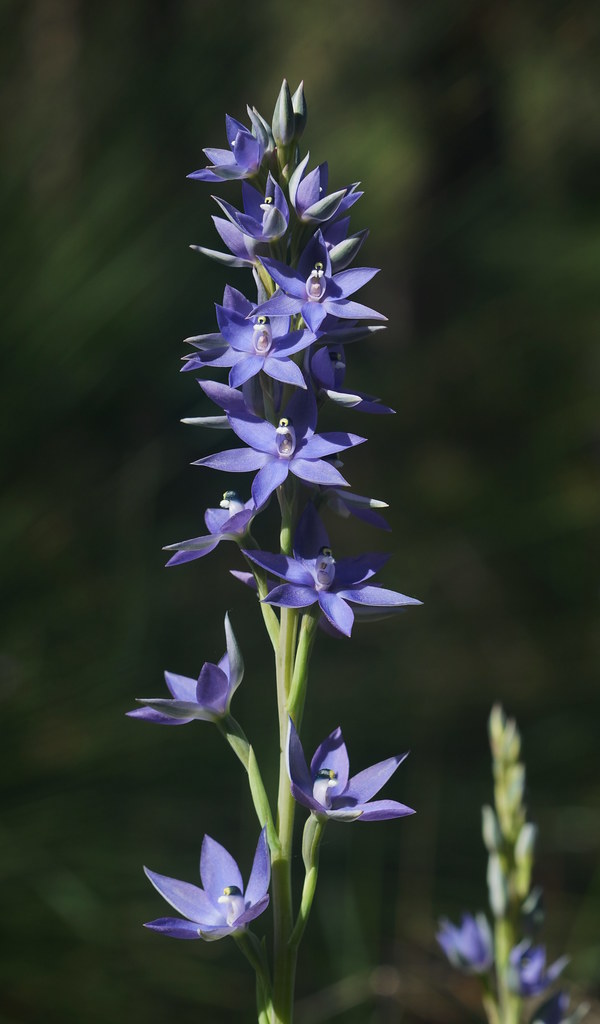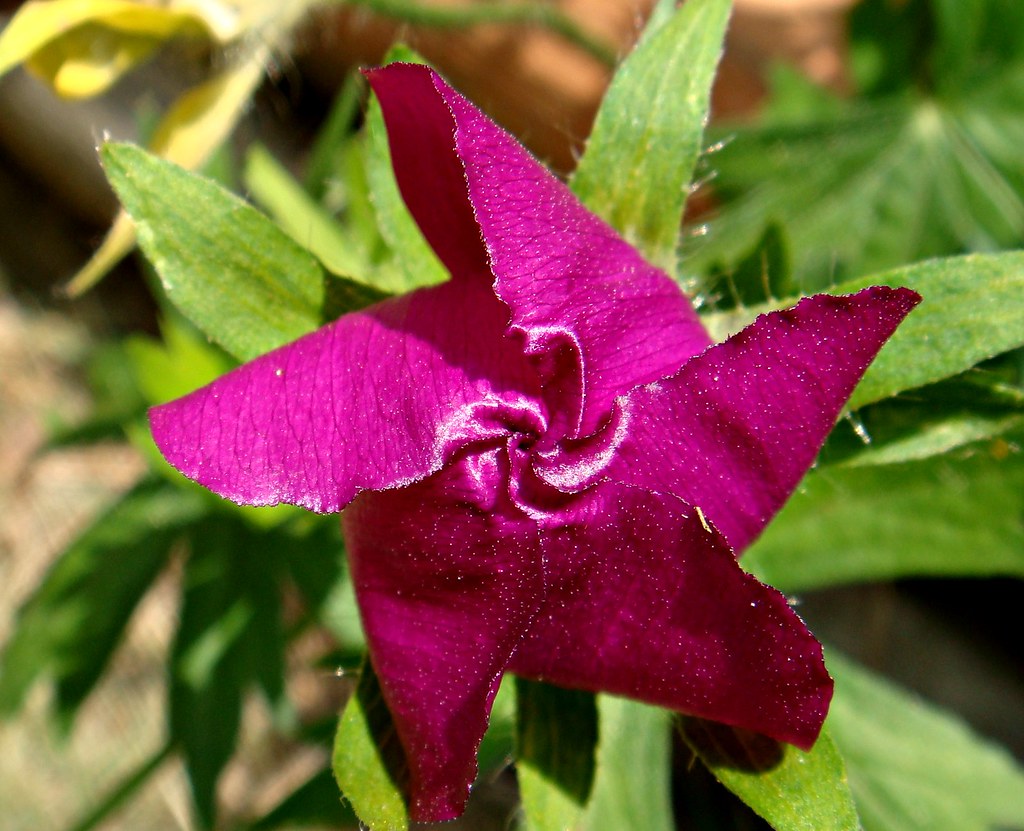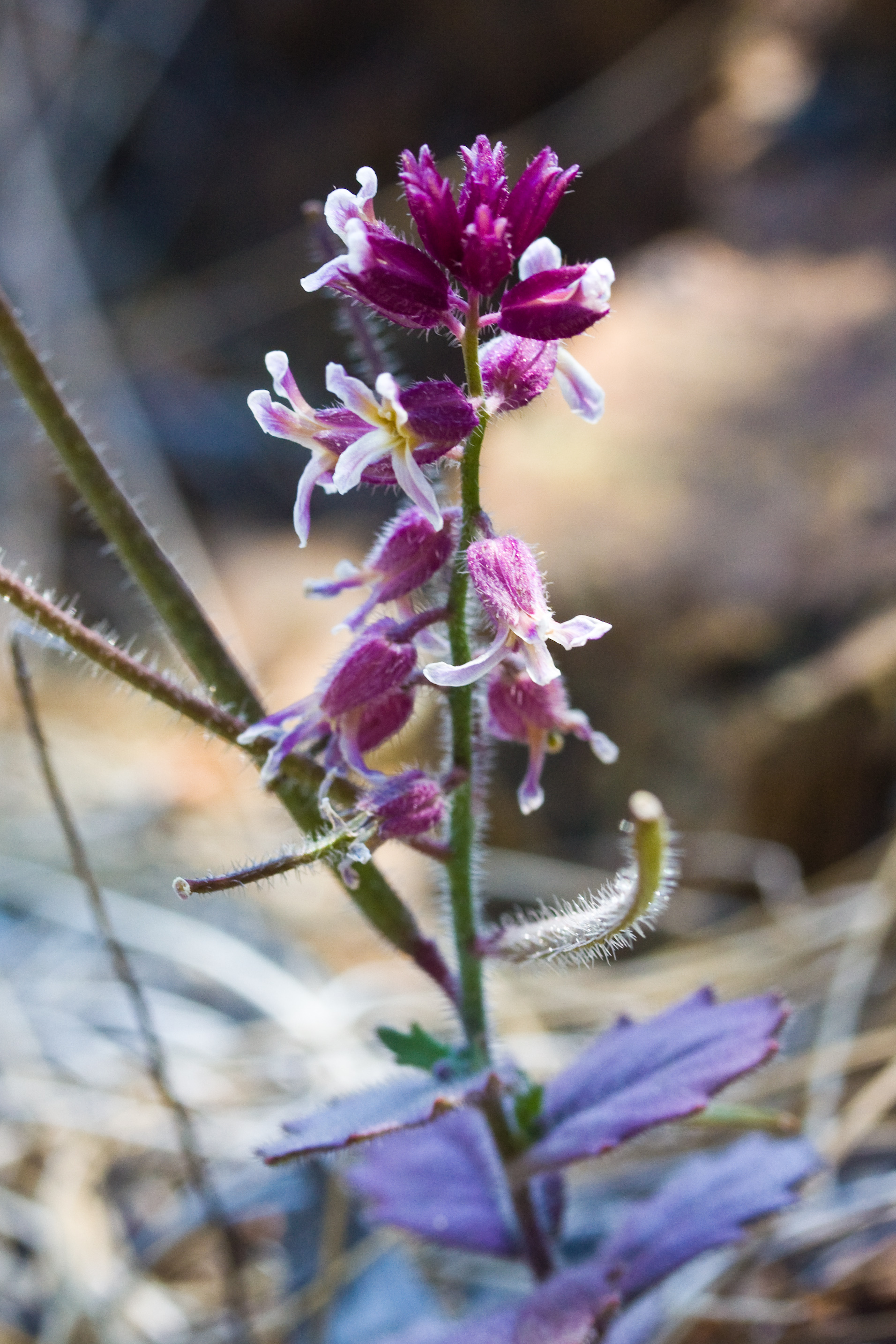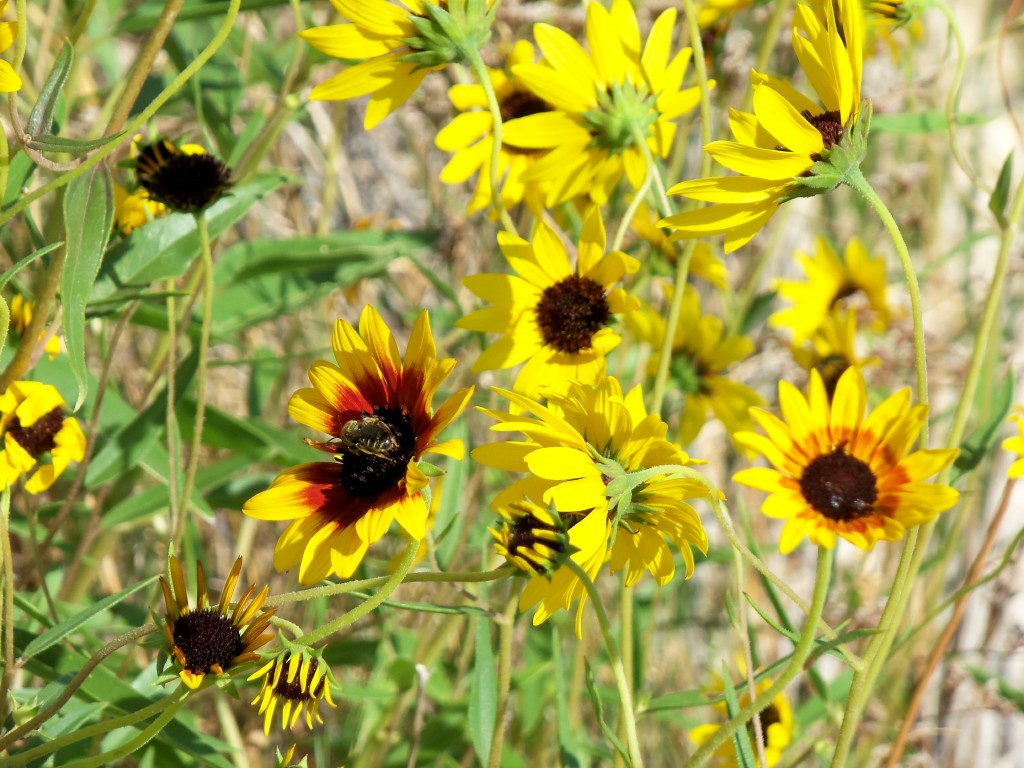In the world there are around 94,000-144,000 endangered plants. Many endangered plants are being threatened by illegal poaching, habitat destruction and pollution.The reason this is important is because if plants died,eventually on the living beings on the planet will also die. Human beings and other animals need plants to live. When green plants make food, they give off oxygen. Without plants,animals and human would have no oxygen to breathe and would die.
This plant below is called the Rhizanthella gardneri also known as Western Underground Orchid

"Thelymitra macrophylla." by ron_n_beths pics is marked with CC BY-NC 2.0.
Rhizanthella gardneri, commonly known as western underground orchid, is a species of flowering plant in the orchid family and is endemic to the southwest of Western Australia.
The plant below is called Callirhoe scabriuscula also known as the Texas poppy-mallow

"Wine cup floral bud ready to open" by CameliaTWU is marked with CC BY-NC-ND 2.0.
Callirhoe scabriuscula is a rare species of flowering plant in the mallow family known as Texas poppy mallow. It is endemic to Texas, where it is known from about ten populations in the deep sands alongside the Colorado River.
This plant below is called the Streptanthus bracteatus also called Bracted Twist Flower

Attribution-NonCommercial-ShareAlike 3.0 Unported (CC BY-NC-SA 3.0)
The bracted twistflower lives on some of the hillsides and hilltops on the western side of the city.Seeds germinate in the fall. Plants grow as rosettes during the winter. They flower in April or May, sending up flowering stalks 1-4 ft tall with 4-petaled flowers.there are only a few small populations left in Austin.
The last endarged plant im showing is called the Helianthus paradoxus commonly called the paradox sunflower, puzzle sunflower or Pecos sunflower.

"Pecos Puzzle Sunflower" by roblrsn is marked with CC BY-SA 2.0.
Helianthus paradoxus is found at widely separated locations in central and southern New Mexico, and in nearby Trans-Pecos, Texas. The Puzzle Sunflower has narrow habitat requirements, only occurring in highly saline wetlands within deserts. These wetlands are continuously threatened by habitat degradation, groundwater withdrawal, competition from non-native species, grazing, and gas exploration.